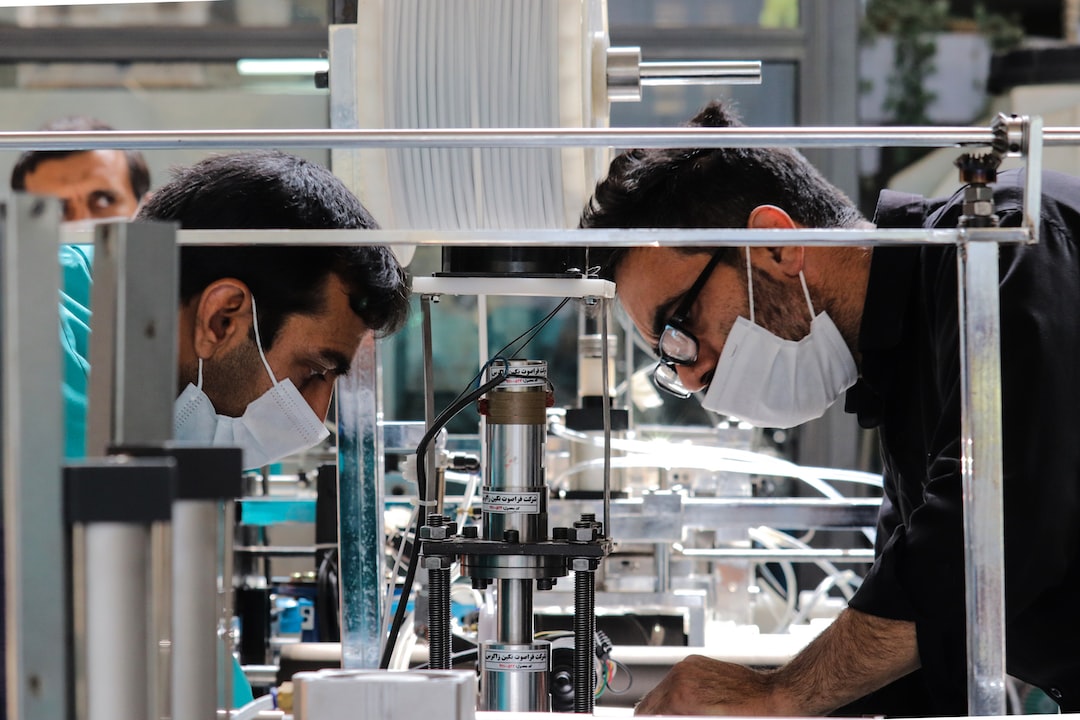Building a Resilient Manufacturing Supply Chain
In recent years, global supply chains have faced numerous challenges and disruptions such as natural disasters, trade conflicts, and the ongoing COVID-19 pandemic. These events have highlighted the importance of building a resilient manufacturing supply chain that can withstand unexpected disruptions and ensure the continuous flow of goods. In this blog post, we will explore key strategies and best practices to build a resilient manufacturing supply chain that can face any adversity.
1. Diversification of Suppliers: Relying heavily on a single supplier or a particular region can significantly impact the supply chain during a disruption. Manufacturers should consider diversifying their supplier base to ensure alternative sources of materials and components. Identifying and developing relationships with multiple suppliers in different geographic locations can mitigate risks and help maintain production during unexpected events.
2. Collaborative Partnerships: Collaboration is essential when building a resilient supply chain. Manufacturers should actively engage in partnerships with suppliers, customers, and logistics providers to share information, resources, and risks. Collaborative efforts can enhance visibility, enable quicker response times, and facilitate better decision-making during disruptions. Sharing forecasts and sales data with suppliers can help them align their production processes accordingly, leading to more efficient inventory management.
3. Redundancy and Safety Stock: Maintaining a safety stock of critical inventory can act as a buffer during a disruption. While keeping larger inventories increases costs, it can be essential to minimize the impact of unforeseen events. However, it is crucial to strike the right balance between inventory levels and costs to avoid unnecessary financial burdens. Additionally, manufacturers can consider implementing redundancy in their production processes by having backup manufacturing facilities or suppliers, reducing the risk of complete stoppage in case of an interruption.
4. Technology Integration: The adoption of technological solutions is vital to building a resilient supply chain. Investing in digital platforms that provide real-time visibility into the entire supply chain can prove invaluable during disruptions. Advanced analytics and artificial intelligence help predict demand patterns, optimize inventory, and enable quick decision-making. Internet of Things (IoT) devices and sensors can be employed to monitor and track shipments, ensuring timely delivery. Embracing technology enhances agility and enables proactive response to disruptions.
5. Flexibility and Scalability: A resilient supply chain should be flexible and scalable to adapt to changing market conditions and unexpected events. Manufacturers should have the ability to quickly adjust production levels and shift priorities to meet fluctuations in demand. This requires a well-designed production system that can accommodate changes in volume, product mix, or product design without significant disruptions. Utilizing flexible manufacturing techniques, such as lean and agile manufacturing, can provide the necessary adaptability.
6. Continuous Risk Assessment: Risk evaluation is an ongoing process that should be ingrained in the supply chain management strategy. Manufacturers should regularly review and assess potential risks and their impact on the supply chain. This includes monitoring geopolitical developments, weather patterns, regulatory changes, and market trends. Conducting regular risk assessments enables the identification of vulnerabilities and the implementation of necessary mitigation plans to build a more resilient supply chain.
7. Supplier Qualification and Monitoring: Ensuring the reliability and stability of suppliers is crucial for a resilient supply chain. Manufacturers should establish comprehensive qualification processes to select suppliers based on their financial stability, production capabilities, quality control systems, and previous experience. Once suppliers are onboarded, regular monitoring and evaluation should take place to identify any potential risks or shortcomings. Strong supplier relationships built on trust and transparency are essential for a resilient supply chain.
8. Employee Training and Engagement: Building a resilient supply chain involves not only external factors but also internal capabilities. Employees play a critical role in managing disruptions and implementing contingency plans. Providing regular training to employees on disaster management, emergency response, and business continuity plans is essential. Engaging employees in the decision-making process and encouraging their involvement in continuous improvement efforts can enhance the overall resilience of the supply chain.
In today’s interconnected world, building a resilient manufacturing supply chain is vital for competitiveness and continuity. By diversifying suppliers, fostering collaborative partnerships, maintaining safety stocks, embracing technology, and being flexible in operations, manufacturers can create a robust supply chain capable of withstanding disruptions. Regular risk assessments, supplier qualification, and employee training are also crucial elements in ensuring resilience. Embracing these strategies and best practices will help manufacturers navigate unexpected challenges and emerge stronger in the face of adversity.

